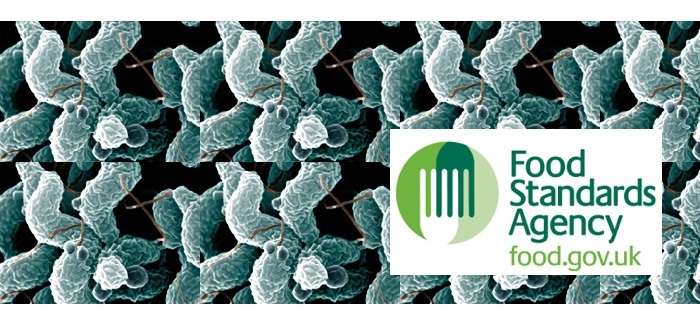Today the top nine retailers have published their results on campylobacter contamination in UK produced fresh whole chickens (covering July to September 2017) in line with a FSA protocol agreed with them. The FSA welcomes this publication which follows our announcement on 21 September 2017 explaining changes to the survey in light of the progress made by major retailers and producers in taking action to reduce campylobacter levels in their chickens.
For all results released by the top nine retailers today, the percentage of chickens containing more than 1000 colony forming units per gram (cfu/g) lie in the range 0 to 9%. This is broadly consistent with results released by the FSA on October 18 2017, from our own retail survey findings. The FSA results, covering April to July 2017, showed all nine retailers to lie in the range 0 to 10.2%, with a weighted mean of 4.7%. The equivalent figure for the top nine retailers in the year August 2016 to July 2017 (Year 3 of the retail survey) was 5.6%, while the figure for the overall UK market (including smaller retailers and butchers) was 6.5%. This was down from 19.4% in the first full year of the FSA retail survey (February 2014 to February 2015).
Heather Hancock, Chairman of the Food Standards Agency, said: ‘I am pleased to see the major retailers publish these important figures about their progress in tackling campylobacter in chicken.
‘This is a very positive step towards transparency and openness in the food sector, and one which reinforces public confidence in food. We welcome the ongoing reduction in contamination levels that these results indicate, and the resulting benefits to public health that retailers and processors have helped deliver over the last few years.
‘We are grateful to the British Retail Consortium and the retailers for working together to coordinate the publication of their results.
‘The FSA will continue to monitor the retailer results so that we can be assured that the significant progress made so far by this part of the food sector is maintained. Our resources will now be focused on smaller processors and outlets, to drive down contamination levels across the rest of the industry.’


